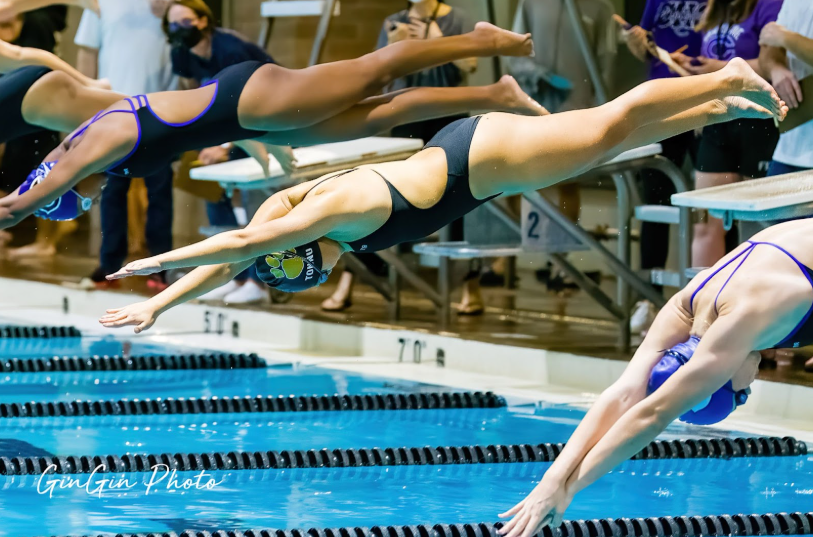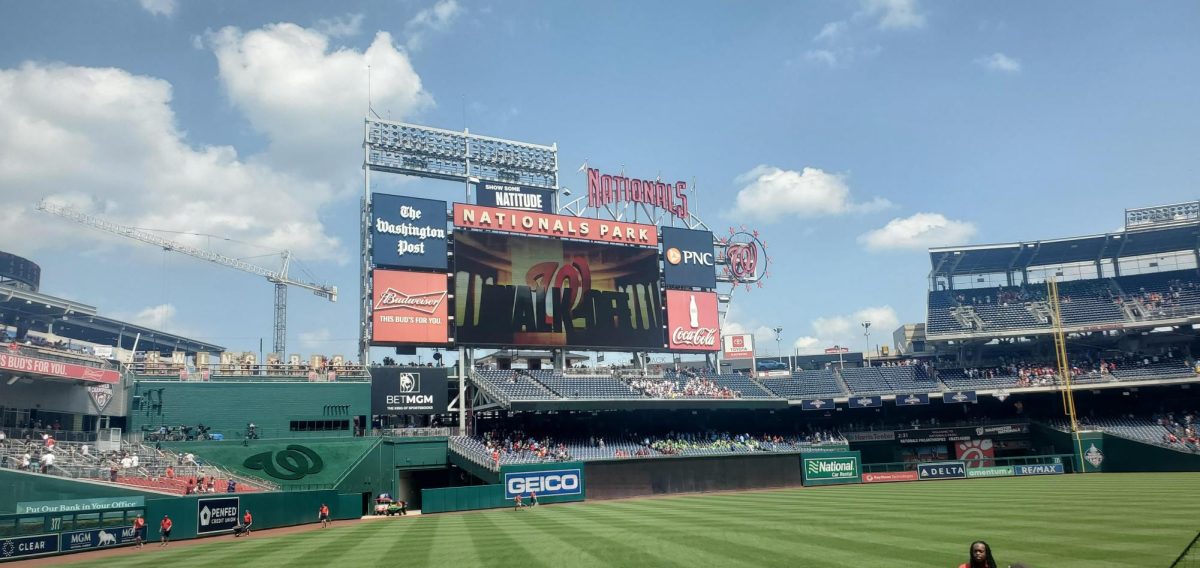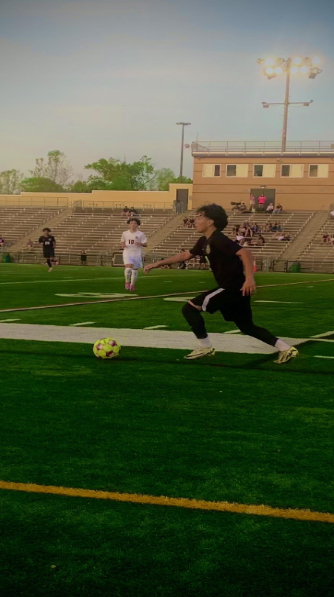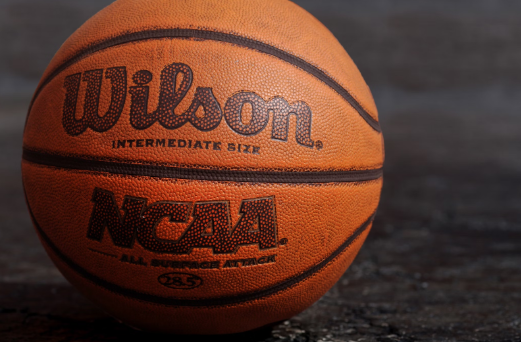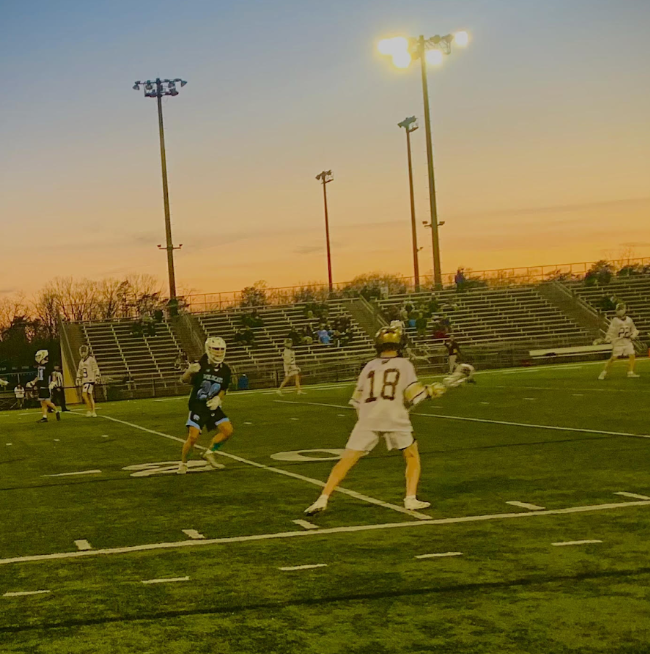In our high schools, swim and dive teams are often overshadowed by the winter sports that get the most attention such as basketball. However, swim and dive, along with many other sports, engage competition, teamwork, and individual growth among students. Here at Westfield, our swim and dive teams are somewhat underappreciated, and have a significant role in our athletic representation.
While swimming often garners more attention, diving plays a crucial and distinctive role in the overall aquatic sports experience. Westfield’s team is coached by Katie Sanfield, and the team practices at the conveniently adjacent Cub Run RECCenter, where their work is done during after school hours.
Diving, while incorporated into swim meets, is a separate discipline that requires its own training regimen and skill set. High school divers train to execute a variety of dives, including somersaults, twists, and inverts, from different heights—generally from one-meter and three-meter springboards. Dive emphasizes both athleticism and artistry, as divers must not only master the physical aspects of their dives but also focus on technique, body form, and presentation.
Training for high school divers typically involves a combination of dryland exercises and practice on the diving board. Dryland training might include strength training, flexibility exercises, and trampoline work to develop aerial awareness and body control. In-water practices are essential, where divers learn to perform specific dives under the guidance of Coach Sanfield. Coaches often emphasize safety and proper technique to ensure that divers can perform effectively while minimizing the risk of injury.
High school diving, including Fairfax County, is judged based on execution, degree of difficulty, and overall presentation. Each dive is assigned a difficulty score, and judges evaluate the diver’s approach, takeoff, flight, and entry into the water. The scoring system can be complex—judges award scores from 0 to 10, often with half-point increments, and the final score is calculated by removing the highest and lowest scores given. This system promotes fairness and encourages divers to strive for excellence. Dive events are often structured into heats, with divers making multiple attempts throughout a meet. In dual meets, divers will typically perform six dives—each chosen from various categories, such as forward, backward, and twisting dives. At larger competitions, such as league championships or state meets, divers often showcase their skills in front of larger audiences, which can create an exhilarating atmosphere filled with school spirit and support.
According to the VHSL’s swim and dive page, there are eleven swim events that can be done. Most of these are 200 meter events, such as the medley relay, freestyle, and the individual medley (IM). These also come in 100 meter variants, along with events such as the butterfly, backstroke, and breaststroke. There are also events that extend all the way to 400 meters, such as the free relay. All these events require their own set of abilities in the water, similar to track and field, but done in specific motions and in much rougher environments. Swimmers who participate in these grueling events must be very athletic and willing to put the work in as they are all difficult in their own ways.
In conclusion, high school swim and dive programs here offer a unique blend of athleticism and art, particularly in diving. With its emphasis on technique, safety, and performance, diving stands out as a profound expression of individual skill and teamwork within the broader context of high school sports. The dedication required to master the small details of diving helps shape young athletes into well-rounded individuals, both in and out of the pool.

